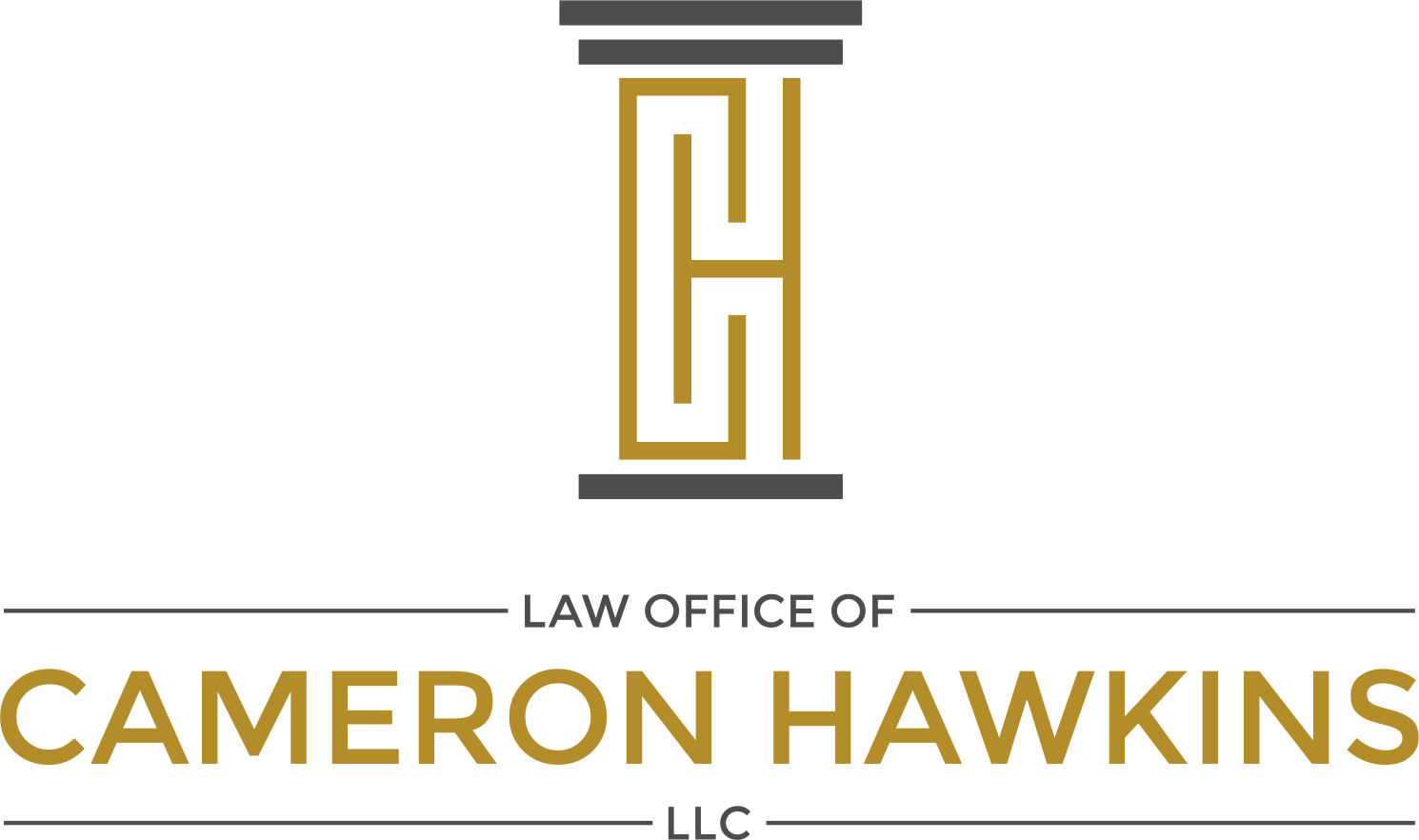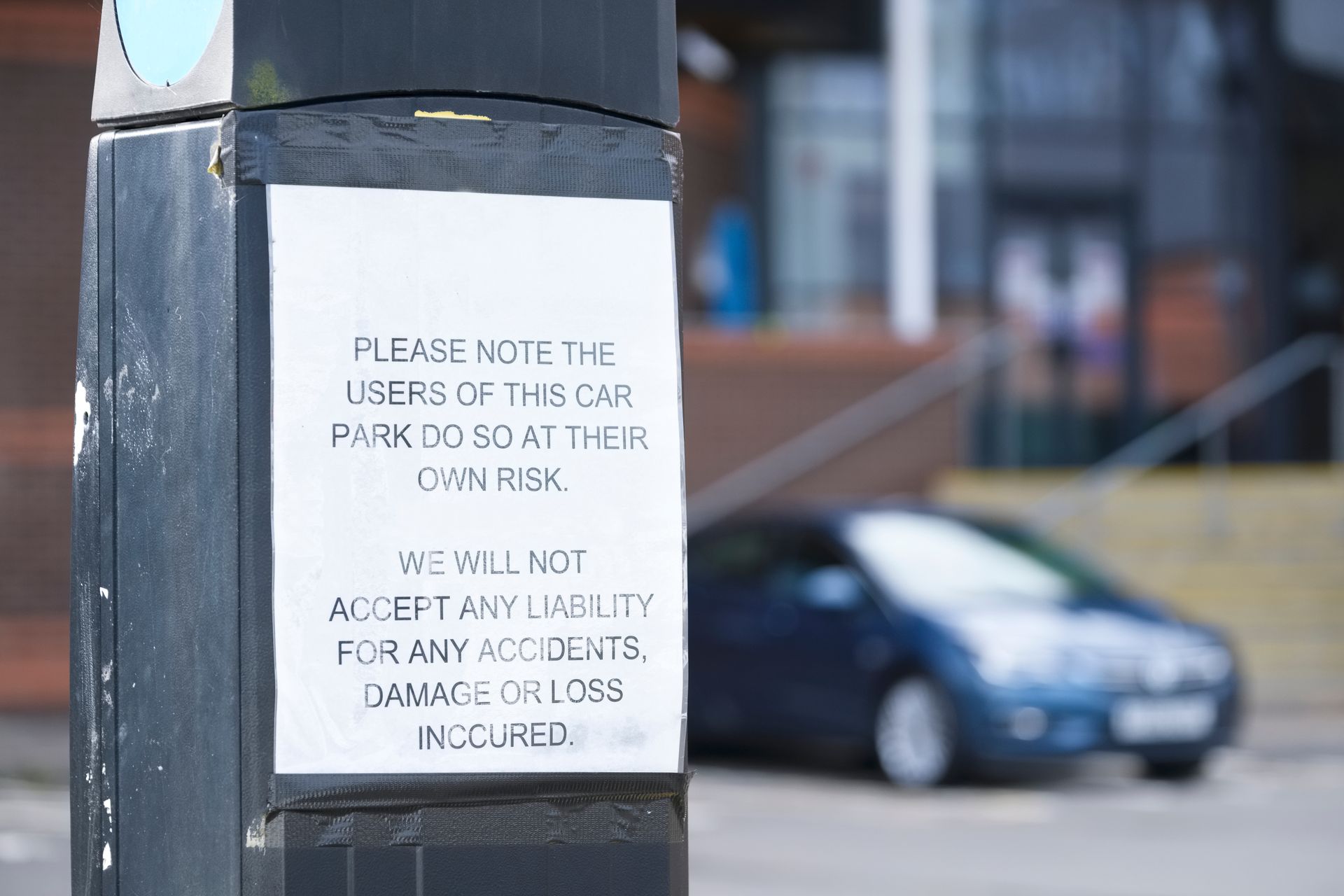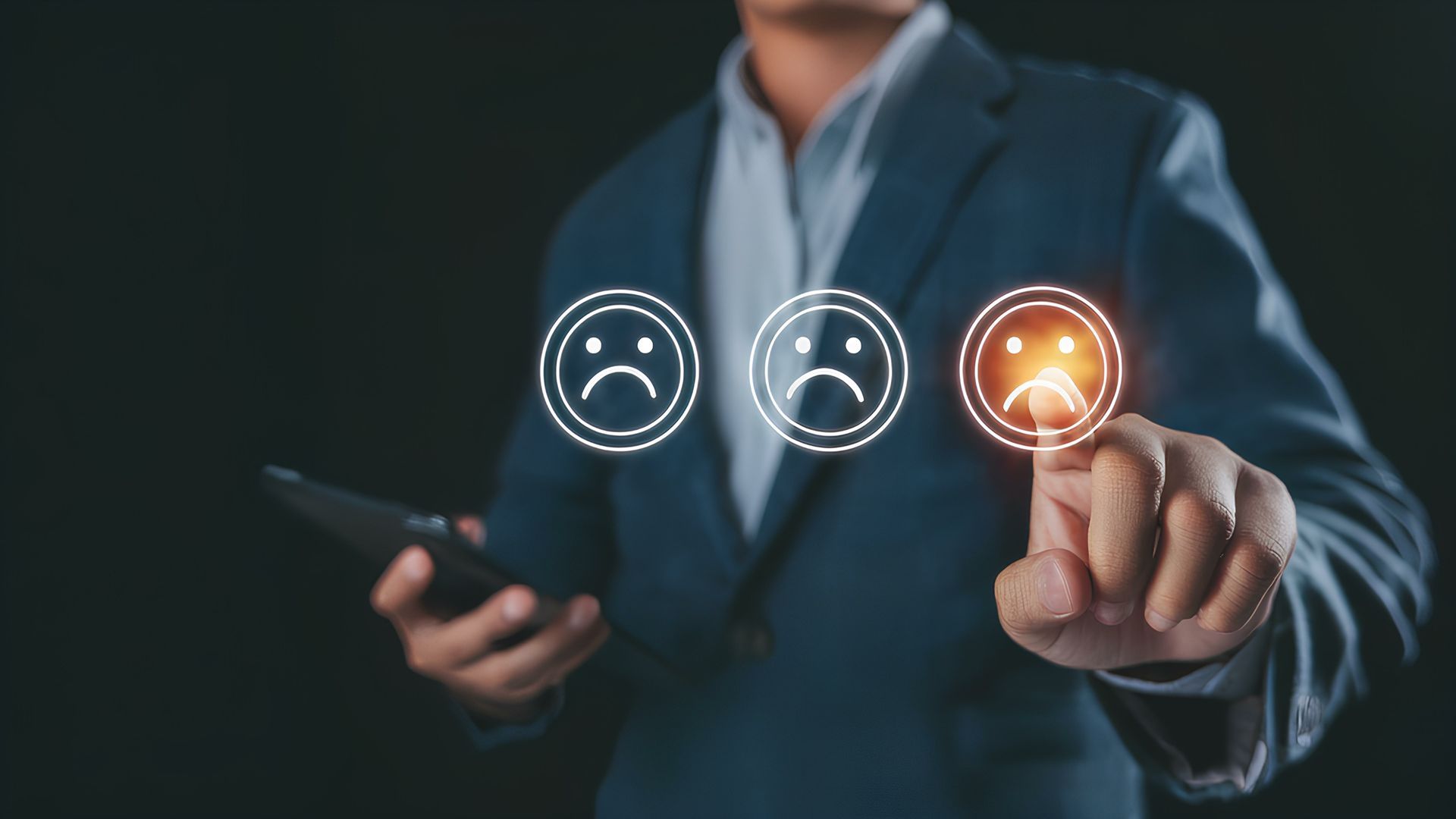Blog

Professionals in industries with significant liability risks—such as healthcare, legal, or financial services—are often well-versed in the necessity of malpractice insurance. However, the decision between claims-made and occurrence policies often comes down to how each fits the specifics of your practice or business. Understanding the key distinctions between the two ensures your coverage aligns with your professional needs and risk tolerance.
What Is Malpractice Insurance?
Malpractice insurance is a specialized form of liability coverage designed to protect professionals from lawsuits alleging negligence, errors, omissions or failure to meet the expected standard of care.
Whether you’re a physician, attorney or consultant, malpractice insurance serves as a financial safety net, covering legal defense costs, settlements and judgments in the event of a claim.
Claims-Made Malpractice Insurance
Claims-made insurance provides coverage for claims made during the active policy period, as long as the incident in question occurred after the policy’s retroactive date.
- Coverage Timing: You’re covered only for claims that are both made and reported during the active policy period.
- Retroactive Date: Incidents that occurred before the retroactive date specified in your policy are not covered.
- Tail Coverage: If you cancel or switch policies, you’ll need to purchase tail coverage to ensure protection for claims made after the policy ends.
Advantages:
- Lower Initial Costs: Claims-made policies are often more affordable at the start, making them appealing for new professionals or businesses.
- Flexibility: You can adjust coverage limits or retroactive dates as your needs evolve.
Disadvantages:
- Dependence on Active Policy: Coverage ends when the policy lapses unless tail coverage is purchased.
- Tail Coverage Expenses: The cost of tail coverage can be significant, increasing long-term expenses.
Occurrence Malpractice Insurance
Occurrence insurance provides coverage for incidents that occur during the policy period, regardless of when the claim is filed, even if it’s years later.
Coverage Timing: Claims are covered as long as the alleged malpractice occurred during the active policy period.
No Tail Coverage Needed: Coverage is built-in for incidents that occurred during the policy period, even after the policy ends.
Advantages:
- Comprehensive Protection: Peace of mind knowing you’re covered for incidents long after your policy expires.
- No Additional Costs: No need to purchase tail coverage, which simplifies long-term protection.
Disadvantages:
- Higher Initial Premiums: Occurrence policies generally cost more upfront, which may be a barrier for newer professionals or smaller businesses.
- Complex Adjustments: Making changes to your coverage can be less flexible than with claims-made policies.
Key Differences Between Claims-Made and Occurrence Policies
The main distinction between claims-made and occurrence policies lies in when coverage applies.
- Claims-Made Insurance
only covers claims reported during the policy period (or during the tail coverage period if purchased). If the policy lapses or is canceled without tail coverage, claims made after the policy ends won’t be covered, even if the incident occurred while the policy was active.
- Occurrence Insurance, on the other hand, provides ongoing coverage for incidents that occurred during the policy period, even if the claim is reported years later. This eliminates the need for tail coverage, offering built-in long-term protection.
Cost is another significant difference. Claims-made policies typically have lower initial premiums, making them a popular choice for those just starting out. Occurrence policies, while more expensive upfront, offer greater peace of mind without the added expense of tail coverage.
How to Choose the Right Policy
The best choice depends on several factors, including your profession, the nature of your practice and your budget.
Consider Claims-Made Insurance If:
- You’re new to your profession and seeking affordable coverage.
- You anticipate switching insurance carriers or adjusting coverage over time.
- You’re prepared to purchase tail coverage when necessary.
Consider Occurrence Insurance If:
- You prefer long-term peace of mind without needing tail coverage.
- You have the budget to afford higher initial premiums.
- You work in a field with significant long-term liability risks, such as healthcare or legal services.
The Importance of Tail Coverage
For those choosing claims-made policies, tail coverage is a critical consideration. Tail coverage ensures you remain protected for claims filed after your policy ends, provided the incidents occurred during the policy period. While it can be expensive, often costing up to 200 percent of the annual premium, it’s an essential safeguard when transitioning between policies, retiring or closing your practice.
Why Professional Guidance Matters
Selecting the right malpractice insurance requires a thorough understanding of your risk exposure and policy options. A misstep in your choice can leave you financially vulnerable, especially if you’re faced with a costly malpractice claim.
At the Law Office of Cameron Hawkins, we specialize in helping professionals navigate the complexities of liability protection. Whether you need help understanding your insurance options or defending against a claim, our experienced team is here to guide you.
Protect Your Atlanta Practice With Our Team
Your business and reputation are too important to leave to chance. Professionals facing malpractice claims often benefit from an independent business liability defense attorney in their corner during negotiations and litigation.
Contact us at the Law Office of Cameron Hawkins today to schedule a free case evaluation or give us a call at 678-921-4225.
Law Office of Cameron Hawkins | All Rights Reserved
Areas of Practice
Contact Info
Disclaimer: The content on this website is for informational purposes only. This site and the information contained within is not legal advice, nor is it intended to be. Contacting the Law Office of Cameron Hawkins does not create an attorney-client relationship. Internet users should not act upon information contained on this site without first seeking advice from an attorney. Please refrain from sending any confidential information to The Law Office of Cameron Hawkins until an attorney-client relationship is established.
Disclaimer pursuant to Georgia Rule of Professional Conduct 7.1(a)(6): The statement "no attorneys' fees unless we are able to secure a verdict or settlement on your behalf" refers only to those fees charged by the attorney. Court costs and other additional expenses of legal actions usually must be paid by the client. Contingent fees are not permitted in all types of cases.











